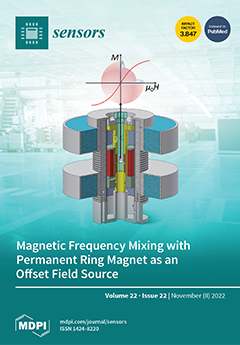In the last two decades, machine learning (ML) methods have been widely used in digital soil mapping (DSM), but the regression kriging (RK) model which combines the advantages of the ML and kriging methods has rarely been used in DSM. In addition, due
[...] Read more.
In the last two decades, machine learning (ML) methods have been widely used in digital soil mapping (DSM), but the regression kriging (RK) model which combines the advantages of the ML and kriging methods has rarely been used in DSM. In addition, due to the limitation of a single-model structure, many ML methods have poor prediction accuracy in undulating terrain areas. In this study, we collected the SOC content of 115 soil samples in a hilly farming area with continuous undulating terrain. According to the theory of soil-forming factors in pedogenesis, we selected 10 topographic indices, 7 vegetation indices, and 2 soil indices as environmental covariates, and according to the law of geographical similarity, we used ML and RK methods to mine the relationship between SOC and environmental covariates to predict the SOC content. Four ensemble models—random forest (RF), Cubist, stochastic gradient boosting (SGB), and Bayesian regularized neural networks (BRNNs)—were used to fit the trend of SOC content, and the simple kriging (SK) method was used to interpolate the residuals of the ensemble models, and then the SOC and residual were superimposed to obtain the RK prediction result. Moreover, the 115 samples were divided into calibration and validation sets at a ratio of 80%, and the tenfold cross-validation method was used to fit the optimal parameters of the model. From the results of four ensemble models: RF performed best in the calibration set (R
2c = 0.834) but poorly in the validation set (R
2v = 0.362); Cubist had good accuracy and stability in both the calibration and validation sets (R
2c = 0.693 and R
2v = 0.445); SGB performed poorly (R
2c = 0.430 and R
2v = 0.336); and BRNN had the lowest accuracy (R
2c = 0.323 and R
2v = 0.282). The results showed that the R
2 of the four RK models in the validation set were 0.718, 0.674, 0.724, and 0.625, respectively. Compared with the ensemble models without superimposed residuals, the prediction accuracy was improved by 0.356, 0.229, 0.388, and 0.343, respectively. In conclusion, Cubist has high prediction accuracy and generalization ability in areas with complex topography, and the RK model can make full use of trends and spatial structural factors that are not easy to mine by ML models, which can effectively improve the prediction accuracy. This provides a reference for soil survey and digital mapping in complex terrain areas.
Full article






